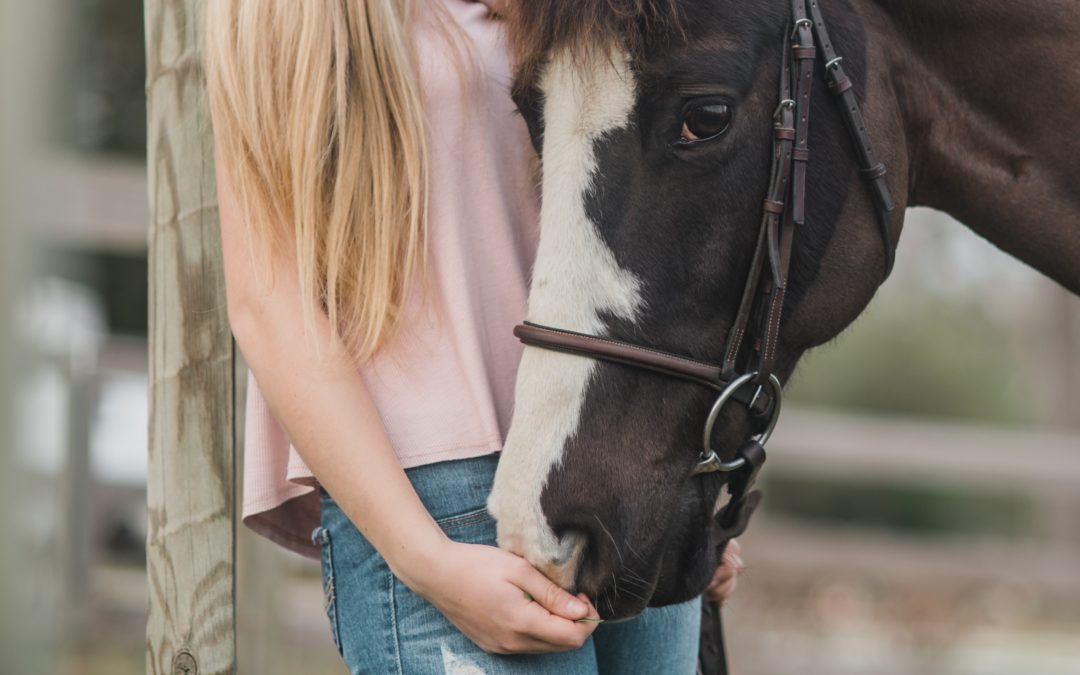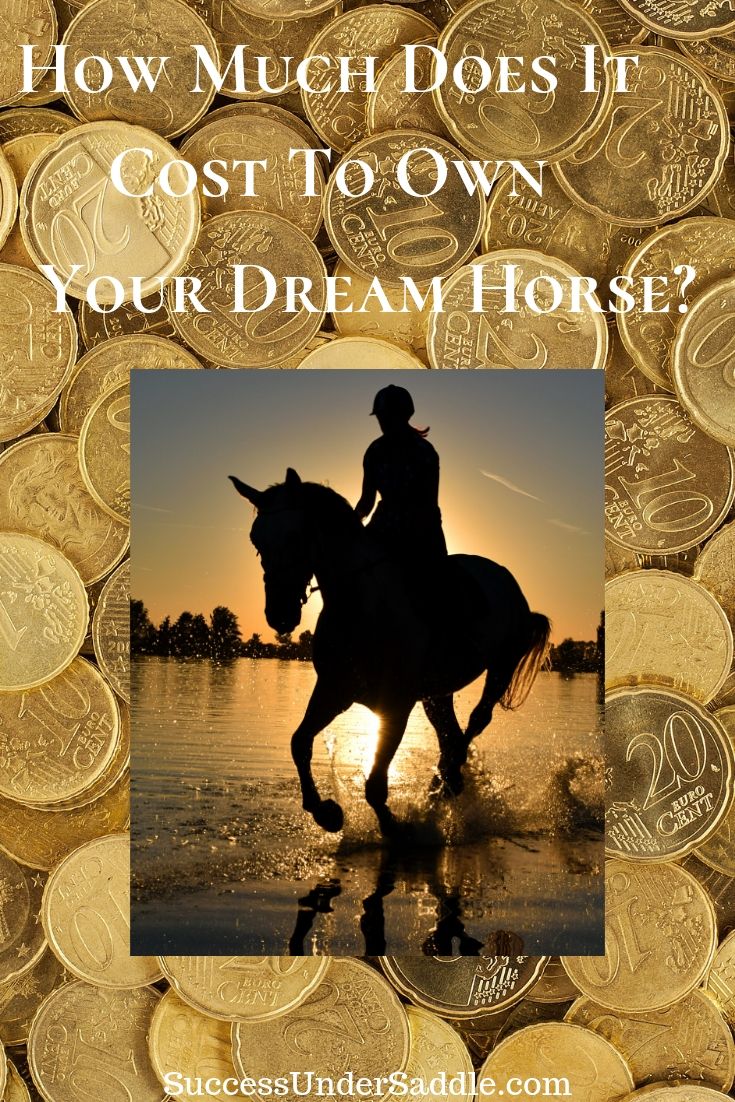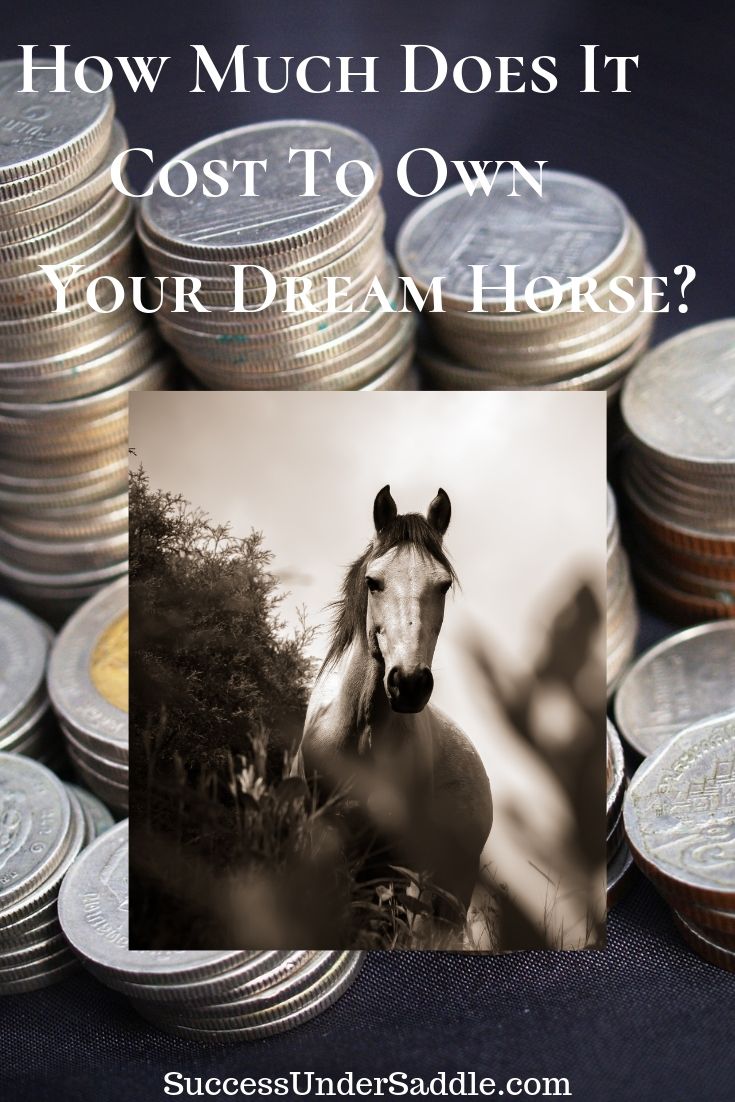One of the most frequently asked questions of people contemplating horse ownership is “how much does it cost to own a horse”?
The truth is there are a lot of variables with costs including the area you live in, the type of horse you own, the discipline you ride in and the equipment you decide to purchase, to name a few. To help you research and budget for expenses in your area, I’ve included a free printable checklist and budget planner to give you an idea of what horse ownership in your area and in your discipline might cost. I am not including any expenses related to purchasing your horse in this post. I do have post and a free guide to help you purchase your horse available here.
To give you some idea, I’ve outlined my annual costs below. These costs are based on owning one horse:
1. Board
I actually own property so I do not have a monthly fee associated with board. However, if your situation is different, you will want to research this cost in your area. Board can vary from full board, which includes housing and feed. Some facilities also include services such as stall cleaning, daily turnout, blanketing, worming, etc. Partial board usually just includes a place to keep them. Its up to you to provide feed and other items for your horse. I’ve seen board run anywhere from about $275 a month for pasture board to over $1000 a month. You will want to research facilities in your area, what they cost and what services are provided.
2. Feed, Hay and Supplements
My horse goes through a 50 lb. bag of feed in about 10 days, but she is also on full time pasture (as sparse as it may get during certain times of the year). A bag of feed costs me about $18 or $650 per year. She also goes through a large 100 lb. bale of alfalfa in about 10 days. This also costs me about $19 a bale or $700 per year. I also provide a mineral rock for her for about $15.00. These things last forever (or the whole year). Wormer is also a regular expense. You will want to worm your horse every 6 weeks and rotate the type of wormer you give them. Wormers vary in price as well, but will cost approximately $125 per year. I do not feed any additional supplements, but if you plan to, you will want to include them in your monthly/yearly budget.
3. Equipment and Supplies
Most of the equipment you will need will be a onetime investment initially, but you will want to plan on purchasing them and include them in your initial budget. Also these items tend to expand from needs to wants as you visit tack stores and peruse catalogs. You can review my list of equipment and supplies for first time horse owners here. These items include a halter and lead rope, saddle, saddle pad, bridle, buckets, blankets and sheets, grooming supplies, etc..
Saddles alone can vary greatly in price depending upon discipline and whether or not you plan on showing your horse. I ride in a western saddle and have paid anywhere from $500 for a decent used saddle to over $4000 for a custom built cutting saddle.
You will also want to invest in some first aid supplies for the inevitable bumps and scratches that come along with horse ownership. A list of first aid supplies is included in the printable available here.
4. Farrier
Your horse will need to see a good farrier every 6 weeks. My horse wears shoes on the front feet only and receives a trim on the back feet. I’ve paid anywhere from $60 to $140 for this service. (when I was a kid I paid $4 a foot!). You will want to research farriers in your area carefully. They vary I skill level and you can’t tell by what they charge. Ask around for recommendations. A good farrier is an important part of your team and can make a huge difference in a sound horse verses a not so sound horse. The cost of the farrier runs me about $700 a year.
5. Veterinary Expense
You will have some regular vet expenses with your horse even if they remain healthy and accident free. Annual shots and coggins test run me about $150 per year and that does not include a farm call. I trailer my horse to the vet for this service. You can also learn how to give your own shots to help with some of these expenses. Your horse will also need to be seen by a vet or equine dentist once per year. This service runs me about $125 per year.
Before you purchase your horse, you will want go find out what types of “maintenance” your horse will require before you buy him and include this in your budget. For example, some high performance horses receive regular joint injections or preventative injections to keep joints healthy and arthritis at bay. I recommend that you include $1000 in an emergency fund per year in your budget, just in case you have some unexpected injury or illness.
6. Equine Insurance
If you have made a significant investment in your horse, you will want to look into equine life insurance. Many policies include “colic” surgery coverage up to $2000 or so. You may want to also look into health insurance for your horse. My policy costs me about $1300 per year.
7. Lessons and Training
I have been riding for 50 years and still have a lot I can learn by taking lessons. I have spent anywhere from $60-$125 for lessons. Lessons can last from an hour or more depending upon the instructor. Weekend clinics are also available by various clinicians. These vary in cost. I find them very informative and fun. If you plan on taking a weekly lesson with your horse you will want to factor that into your budget, or set aside some funds for occasional lessons or clinics.
Training fees can also vary depending upon the arrangement with your trainer. I have spent from $750 to $1000 per month on full time training which included full board for my horse. If your horse does not need full time training, you may also just want to send your horse to a trainer for a short “tune up” before a show. I have spent about $350 a week for this arrangement.
8. Show Fees
Training fees and show fees are the biggest expense for me. If you are not planning on showing your horse, and your horse is not in need of any type of training, then obviously these fees won’t apply to you. Show fees can vary greatly from a few dollars a class to win ribbons and small prizes to a few thousand dollars to enter big futurities and a chance at huge prize money.
I show in the sport of cutting. Show expense in cutting are high but can be offset somewhat with prize money should you place in the class. A weekend of cutting usually runs me about $1500 in show expenses, which usually includes entry fees in a few classes, cattle fees, and a stall for my horse. On lucky weekends, I can break even with my winnings. A couple of times a managed to come out ahead! I feel blessed when this happens but I certainly don’t count on it. Show fees are separate from any expenses related to hotel rooms or meals, so plan accordingly!
I hope you found this post helpful. If you would like a copy of my free printable checklist and budget planner, please click the button below. Let me know in the comments section your experiences with expenses or if I missed something!
Enjoy the Ride!



